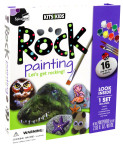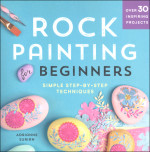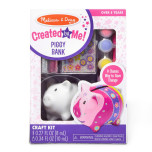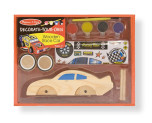We use cookies to make your experience better. To comply with the new e-Privacy directive, we need to ask for your consent to set the cookies. Learn more.
Sometimes the hardest part of writing a story is getting started. It can be challenging to get ideas for your writing, and once you do - then what? This series breaks writing down into 5 simple steps. The first step in each type of genre is to get your ideas. Each book in this series offers a sample from a famous author, then explains what you can do for ideas. There are suggestions for reading or watching examples to help you understand the genre and glean ideas. The rest of the steps vary to some extent with the types of writing. For romance, science fiction, and horror fiction, writing steps are ideas/inspiration, research, organization, writing, and publishing. Fantasy fiction steps are ideas, gather story elements, organize your story, write the story, and what to do with it when finished. Mystery steps include finding your mystery muse, plotting the puzzle, creating your characters, writing, and publishing. Graphic novel steps after finding your inspiration are creating a universe, putting words and pictures together, finishing touches, and publishing. Each step includes examples and guidance to help you finish your piece. Each book is 48-pages, and can be a world of help for budding writers. ~ Donna
























